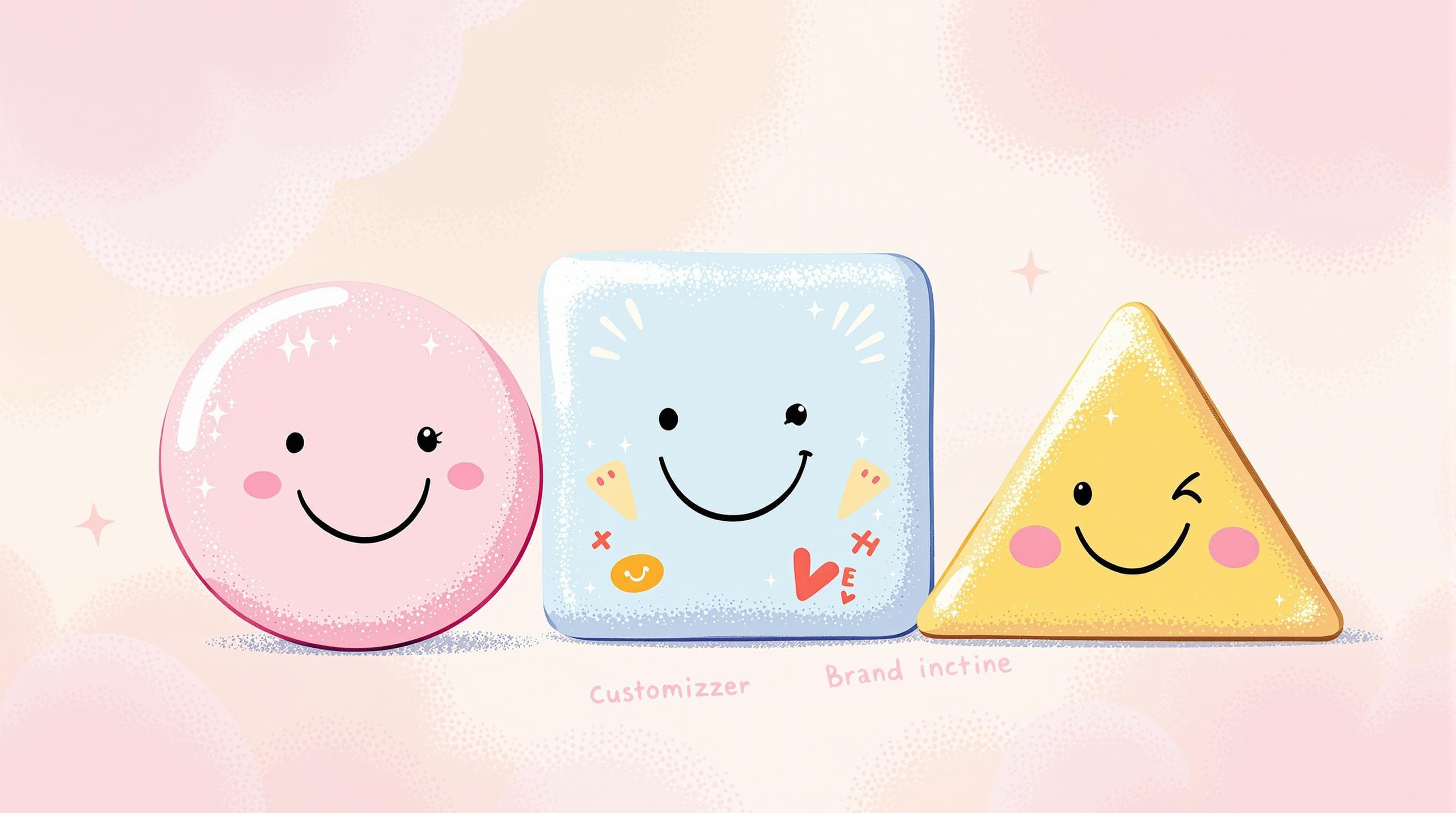The Art of Balancing Aesthetics and Functionality in Form Design


In the realm of online engagement, forms are the unsung heroes. They are the gateways through which users register, subscribe, inquire, and provide feedback. However, the success of a form often hinges on two primary factors: aesthetics and functionality. Striking the right balance between the two can significantly enhance user experience and increase conversion rates. This blog post delves into why this balance is crucial and how you can achieve it with actionable insights and real-world tips.
Why Aesthetics and Functionality Matter
Forms are more than just fields and buttons. They represent a crucial touchpoint between you and your audience. A well-designed form can do wonders for your brand image and user engagement.
- First Impressions Count: An aesthetically pleasing form can capture attention and convey professionalism. It reflects your brand’s identity and sets the tone for your interaction with the user.
- User Experience: A functional form is intuitive and seamless. If a form is difficult to navigate, it can frustrate users and lead to drop-offs.
- Brand Trust: Cohesive design elements build trust. Users are more likely to complete forms that appear credible and secure.
- Increased Conversions: A balance between aesthetics and functionality encourages users to complete the form, ultimately driving up conversion rates.
Understanding the Elements of Aesthetic Form Design
Creating an aesthetically pleasing form involves a blend of design principles and creativity. Here are some vital elements to consider:
Visual Hierarchy
Visual hierarchy guides users through the form, highlighting essential information and fields. Utilize contrast, color, and size to create a clear path for the user:
- Headers and Subheaders: Use larger font sizes and bold text to differentiate section titles.
- Color Contrast: Ensure text stands out against the background for easy readability.
- Whitespace: Use ample spacing to prevent the form from feeling cluttered.
Consistency
Maintaining a consistent design throughout your form is crucial for a cohesive look:
- Fonts and Colors: Stick to a limited palette and font family that align with your brand.
- Button Styles: Ensure all buttons have uniform styles for a polished appearance.
Visual Appeal
Your form should be visually inviting:
- Imagery and Icons: Use relevant images or icons to add visual interest and guide users.
- Interactive Elements: Consider subtle animations or hover effects to enhance engagement.
Achieving Functional Excellence
Functionality is the backbone of an effective form. It ensures that users can complete the form without unnecessary friction.
Accessibility
Design with all users in mind, including those with disabilities:
- Labeling: Clearly label all fields and provide instructions where necessary.
- Keyboard Navigation: Ensure all elements are accessible via keyboard for users who cannot use a mouse.
- Screen Reader Compatibility: Use semantic HTML to ensure forms are readable by screen readers.
Simplicity and Clarity
A simple, straightforward form is less intimidating:
- Limit Fields: Only ask for essential information to reduce the cognitive load on users.
- Clear Instructions: Provide concise instructions and examples to guide users through complex fields.
Validation and Error Handling
Real-time validation and helpful error messages enhance user experience:
- Instant Feedback: Use inline validation to alert users to errors as they fill out the form.
- Descriptive Error Messages: Offer specific guidance on how to correct errors.
Merging Aesthetics and Functionality with Ezpa.ge
With Ezpa.ge, you can effortlessly craft forms that are both beautiful and functional. Here’s how:
- Drag-and-Drop Editor: Customize your form’s layout with ease, ensuring a visually appealing structure.
- Customizable Themes: Select from a variety of themes that match your brand’s aesthetic.
- Mobile Optimization: Ensure your forms look great and function flawlessly on any device.
- Real-time Google Sheets Syncing: Keep your data organized and accessible without manual intervention.
Best Practices for Form Design
Here are some best practices to ensure your forms maximize both aesthetics and functionality:
- Design for Your Audience: Consider the preferences and needs of your target audience when designing your form.
- Test and Iterate: Regularly test your forms with real users to identify areas for improvement.
- Prioritize Loading Speed: Ensure your form loads quickly to prevent users from abandoning it.
- Use Analytics: Leverage tools to analyze form performance and user behavior for insights into optimization.
Bringing It All Together
Creating a form that perfectly balances aesthetics and functionality is both an art and a science. By focusing on design principles, accessibility, and user experience, you can create forms that not only look great but also perform exceptionally well.
Conclusion
Balancing aesthetics and functionality in form design is essential for engaging users and driving conversions. By following the strategies outlined above, you can create forms that are inviting, intuitive, and effective.
Take the First Step: Ready to transform your form design? Start by exploring the capabilities of Ezpa.ge and unlock the potential of beautifully crafted forms that deliver results. Whether it’s a simple contact form or a complex survey, Ezpa.ge makes it easy to balance aesthetics and functionality, ensuring your forms are as effective as they are attractive.


